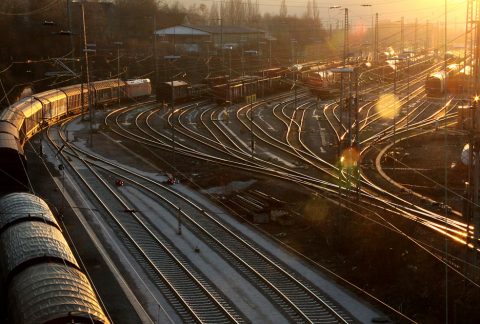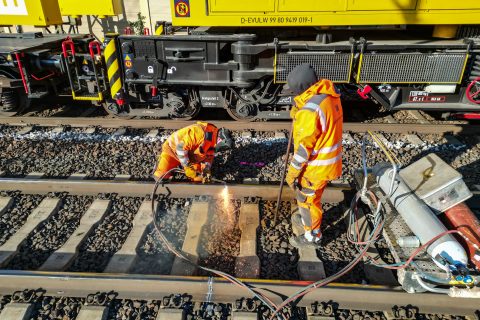Norland Line first of many Norwegian routes to be electrified

The iconic Norland railway line crossing Norway on a north-south axis and connecting Trondheim with Bodø will be the first critical route of the country to be upgraded with electrification and battery locomotive operations. The route is vital for heavy haul traffic and freight operations. The Røros and Solør lines will follow the same course, while the Rauma line will keep accommodating only diesel locomotives for the time being.
The Røros line between Støren and Hamar accommodates passenger traffic but also heavy freight trains hauling mostly forestry products. On the other hand, the Solør line, running between Kongsvinger and Elverum in Norway’s east, is solely used by freight trains primarily transporting slumber and wood chippings.
A study by the Norwegian Directorate of Railways on behalf of the country’s Ministry of Transport found that the three routes that still operate with diesel traction should be upgraded following a partial electrification and battery locomotive operation plan. The study examined three different concepts for the green transition of the routes. One focused on hydrogen-powered traction, one on using non-fossil diesel, one on electrification and one on deploying battery-powered traction.
Ultimately, it was determined that a combination of electrification and battery trains would be the way to go. In this approach, trains will be able to move partially using power from the catenary system. Where a catenary system is unavailable, they will keep moving using energy from their batteries that will also charge during transit on electrified railway sections.
Nordland Line a priority
Despite 80 per cent of Norway’s railways being already electrified, the 20 per cent remaining still produces around 50,000 tonnes of CO2 emissions annually. The figure might not seem so significant; however, Norway is invested in fully transitioning its transport sector to green energy. In terms of upgrading the lines, the Nordland route will be prioritised with investments amounting to 6.5 billion NOK (almost 570 million euros).
For the Røros and Solør lines, upgrade costs are estimated to be higher and around 8.6 billion NOK (approximately 752 million euros). Consequently, the upgrade of the Nordland Line will be prioritised, given the lower estimated costs and its central role in Norway’s network. On the other hand, the Rauma line, which also accommodates freight transport, will continue using diesel-powered traction since its short distance maintains CO2 emissions at relatively low levels.
Freight operators responsible for shunting locomotives
The planned network upgrade will benefit the rail freight sector in Norway by providing greener alternatives for transit. However, the industry must take some actions itself, especially concerning shunting operations. The Norwegian Directorate of Railways underlined that shunting operations at freight terminals contribute significantly to the country’s rail-originating CO2 emissions and should follow a decarbonisation approach in line with the route upgrades.
“It will be up to the individual freight operator to assess which technology is preferred,” explained the Directorate, while also mentioning that Bane NOR, the state-owned agency managing the Norwegian railway network, could also be involved in the transition process either by providing guidelines and implementing measures, or by stimulating it, possibly also financially.
Also read:





